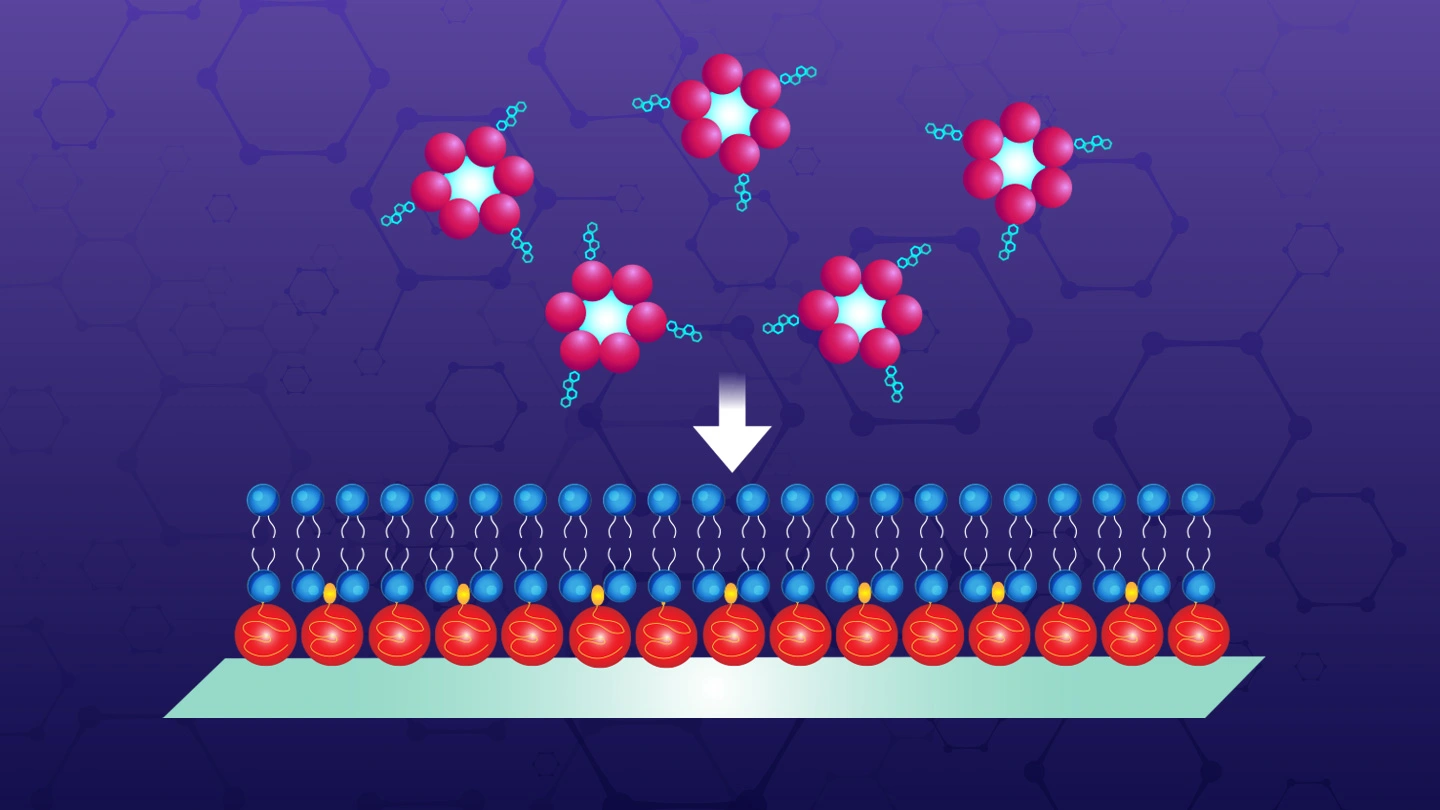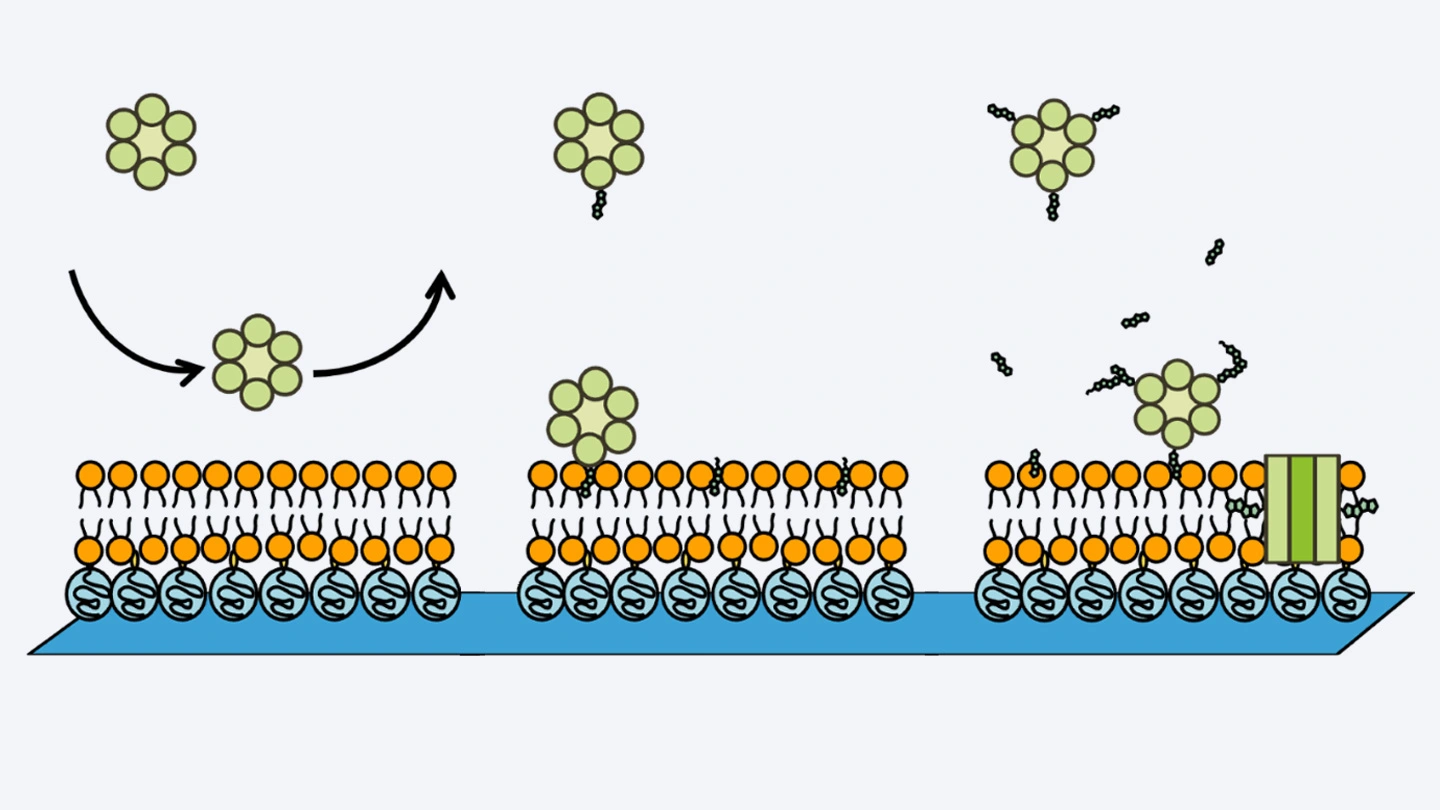
New tool reveals how DNA nanostructures interact with cell membranes | Science Tokyo
In a step towards engineering artificial cell membranes, researchers at Institute of Science Tokyo (Science Tokyo) used quartz crystal microbalance with energy dissipation monitoring (QCM-D) to study how DNA nanopores interact with lipid bilayers. Unlike conventional optical methods, QCM-D tracks changes in mass and viscosity in real time, offering unique mechanical insights into DNA–lipid interactions. This approach paves the way for designing DNA-based membrane technologies that modify the functionality of cell lipid membranes.

